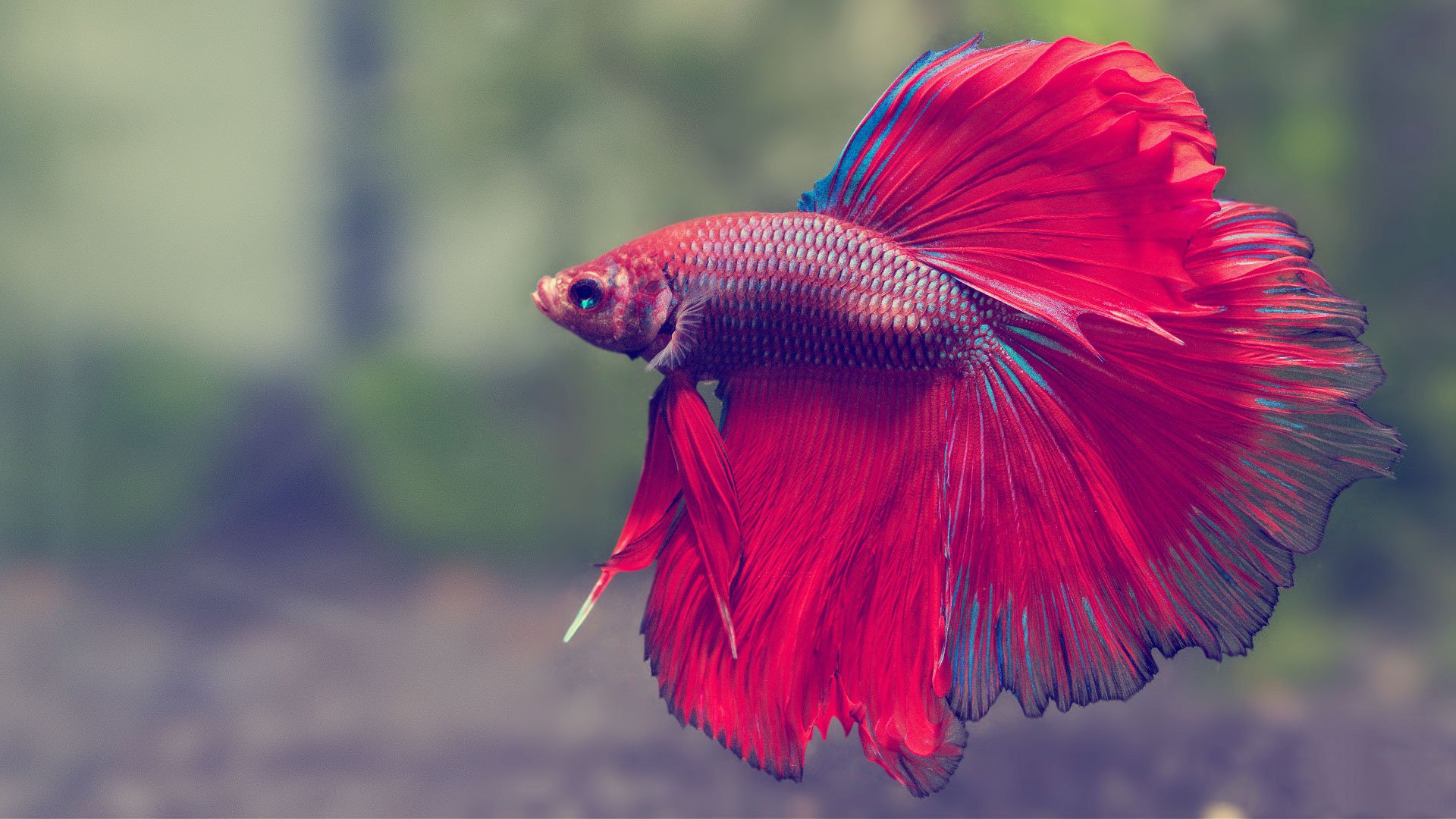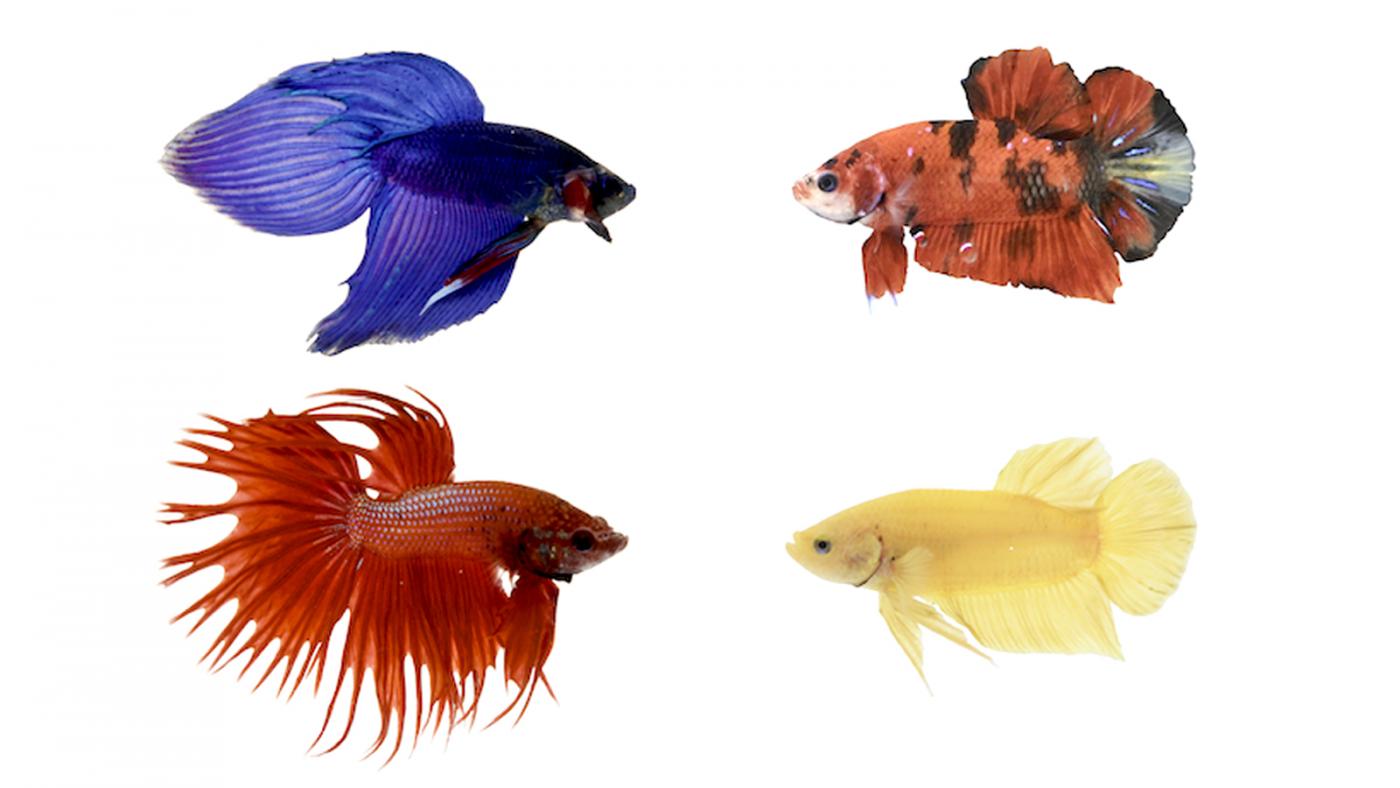How to Introduce Betta Fish to a Community Container Securely
How to Introduce Betta Fish to a Community Container Securely
Blog Article
Just How to Breed Betta Fish Efficiently: Expert Strategies and Insights for Hobbyists Seeking To Broaden Their Betta Collection
Breeding Betta fish needs a nuanced understanding of genes and ecological problems, making it important for enthusiasts to come close to the procedure with both persistance and treatment. Creating an optimal breeding atmosphere, choosing the appropriate sets, and observing the intricacies of their courtship behaviors are foundational steps that can substantially affect the end result.
Understanding Betta Fish Genetics
Comprehending the genetics of Betta fish is essential for successful reproduction, as it affects qualities such as color, fin shape, and behavior. Betta fish show a varied variety of colors and patterns, largely established by their hereditary makeup.
Along with pigmentation, fin morphology is one more significant aspect of Betta genes (betta fish). The sizes and shape of fins are affected by various genetics, consisting of those that identify whether the fins are brief, long, or veil-shaped. Comprehending these genetic variants helps dog breeders predict the phenotypic end results of their offspring
Moreover, behavior traits such as aggression and territoriality can likewise be influenced by genetics. These behaviors play a vital function in the reproducing procedure, as they can affect spawning success and the overall personality of the resulting fry. By thoroughly recognizing these genetic concepts, breeders can make enlightened decisions, inevitably improving their reproduction programs and achieving preferable results.
Preparing the Breeding Setting
Producing an optimum reproduction environment is important for the successful recreation of Betta fish. The initial action in preparing this environment is to select a suitable breeding storage tank, preferably ranging from 5 to 10 gallons.
Next, think about making use of a sponge filter or an air rock to give gentle water circulation without producing strong currents that can worry the fish. It is important to mount plants or reproducing cones to supply concealing places and advertise convenience for the female throughout the spawning procedure. Drifting plants, such as Java moss or water sprite, can also produce a much more natural surroundings while promoting bubble nest structure by the man.
Prior to presenting the reproducing sets, make sure the water is conditioned and cost-free from hazardous chemicals, such as chlorine or heavy metals. betta fish. Normal water adjustments need to be conducted to keep optimum water top quality, improving the possibilities of successful breeding. With these prep work in position, the reproducing atmosphere will sustain the wellness and wellness of both Betta fish
Picking Breeding Pairs
Selecting the right reproduction pairs is essential for achieving effective Betta fish recreation. When choosing your breeding sets, think about several vital variables including health, personality, and genes. Healthy Betta fish show lively colors, clear eyes, and energetic habits. Selecting fish that are without condition guarantees a far better opportunity of producing sensible children. my sources
Temperament is one more important factor to consider, as Betta fish are understood for their hostile nature. It is a good idea to select a male and lady that display suitable personalities to minimize stress and anxiety during the reproducing process. A calm man can encourage a smoother courtship, while a lady that is too aggressive might disrupt the process.
Hereditary background also plays a considerable function in the quality of the spawn. Reproducing fish that are genetically diverse can reduce the danger of genetic health and wellness concerns and enhance the total vigor of the fry. It is useful to look into the lineage of both the male and woman, concentrating on desirable characteristics such as fin kind, shade patterns, and dimension.
The Breeding Process
The reproduction procedure of Betta fish calls for careful planning and interest to information to make certain a successful outcome. At first, it is crucial to prepare an ideal breeding storage tank, ideally a 5-10 gallon aquarium with a temperature level kept at 78-80 ° F. The tank ought to be geared up with a heating unit, filter (ideally sponge kind to stay clear of solid currents), and a lot of marine plants for the lady to conceal.
When the atmosphere is established, introduce the chosen breeding pair to the storage tank, permitting them to acclimate. Observe their behavior; the man will certainly present intricate courtship routines, consisting of flaring his fins and developing a bubble nest. If the woman shows interest, she will certainly present upright red stripes suggesting readiness for spawning.
When the female is receptive, the set will certainly engage in a mating embrace, throughout which the male feeds the eggs. It is vital to monitor their interactions very closely, as the man might end up being aggressive. After spawning, get rid of click for more the woman to stop prospective harm. The man will certainly have a tendency to the eggs, which generally hatch within 24-36 hours. Keeping optimum water conditions during this duration is vital for the development of healthy and balanced Betta fry.
Taking Care Of Betta Fry

Feeding Betta fry is essential, as they need a diet plan high in healthy protein. They can be fed infusoria or liquid fry food, transitioning to carefully crushed top notch pellets as additional reading they expand. Feed tiny parts numerous times a day to urge healthy and balanced development without straining the container with leftover food.

As they grow, monitor their development closely and divide any aggressive people to stop injury. By offering a supporting setting and proper nourishment, hobbyists can effectively elevate Betta fry into lively, healthy fish, eventually boosting their breeding undertakings.
Conclusion
Effective Betta fish reproduction calls for thorough attention to genetic selection, ecological problems, and treatment for the fry. By understanding the genetics of Betta fish and preparing a proper reproduction setting, enthusiasts can improve the possibilities of creating lively, healthy and balanced children.
Report this page